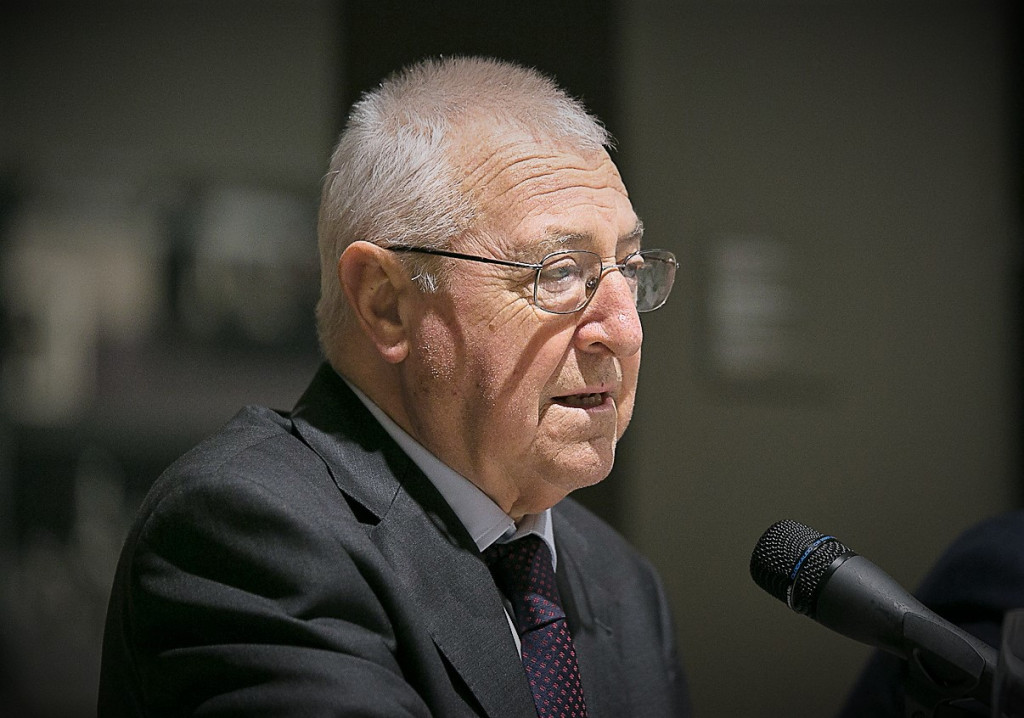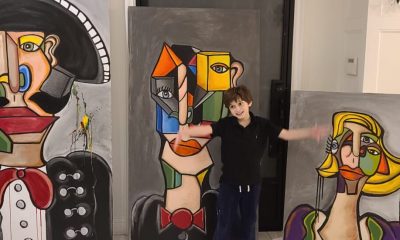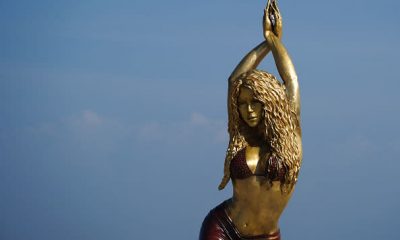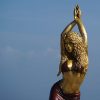ART WORLD NEWS
Tomás Llorens, Key Figure in Spain’s Museum World, Is Dead at 85 – ARTnews.com
Tomás Llorens, an art historian and curator who became a key figure in the history of several major Spanish institutions, has died at the age of 85. El País reported that Llorens expired after a long illness.
Llorens was the first director of both the Valencian Institute of Modern Art (IVAM) and the Reina Sofía Museum in Madrid, and later worked at the Thyssen-Bornemisza Museum, also in the Spanish capital, as chief curator. Throughout, Llorens championed modern and contemporary art under the long shadow of Francoism.
His son, Boye Llorens, told El País that his father carried his terminal diagnosis with “dignity and integrity,” and was working on numerous exhibitions and projects up until the very end. The Valencian president, Ximo Puig, announced his passing to the assembled Parliament, calling Llorens “a great Valencian.”
Related Articles
Throughout the fascist postwar period, Spain was refused admittance to many biennials and international art fairs. After Franco died in 1975, Llorens supported calls within Spain to end that ban.
In July 1976, on the 40th anniversary of the coup d’état that marked the beginning of the Spanish Civil War, a group of Spanish artists and intellectuals working outside any institution in the country argued for a place at the Venice Biennale. Led in part by Llorens and his friend Valeriano Bazo, they staged the landmark show “Spain: Artistic Vanguard and Social Reality (1936–1976)” at the International Pavilion in the biennial’s gardens, as the Spanish Pavilion remained closed. Works by Picasso, Miró, and Calder were shown alongside pieces by Eduardo Arroyo, Alberto Corazón, and Equipo Crónica.
The show attempted to correct foreign critics’ limited view of Spanish art and point a way forward. Llorens once described the survey as a way “to make it clear how Spanish avant-garde art has been modelled, in its internal constitution, often with ambiguous characteristics, on the dialectic process of political struggle and, at a much deeper level, of class struggle in Spanish society.” Many of the works included are now part of the IVAM collection.
Llorens was born in Almassora, and worked as a professor of aesthetics at the Polytechnic University of Valencia from 1962 until 1972, when he was expelled from his post during the dictatorship. After a brief time at the Portsmonth School of Architecture in England, he returned to Spain as a visiting professor at the Barcelona School of Architecture. In 1984, he was tasked with the conception and initial programming of IVAM, the first modern art museum in Spain. He was also busy with personal projects, including the catalogue raisonné of Spanish sculptor Julio González. A pioneer of the use of iron in modern sculpture, González was relatively obscure until Llorens built up a collection of his art at IVAM.
Before IVAM’s inauguration, the Spanish government asked Llorens to oversee the nascent Reina Sofía Museum. It was a contentious project: the museum opened in 1992, before its buildings were finished, and after a staging a few exhibitions, Llorens was dismissed from his position as director following disagreements with the Ministry of Culture. A month after leaving the institution, he was appointed chief curator of the Thyssen-Bornemisza collection, where he worked until 2005.











